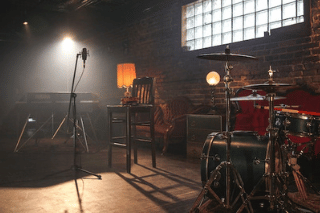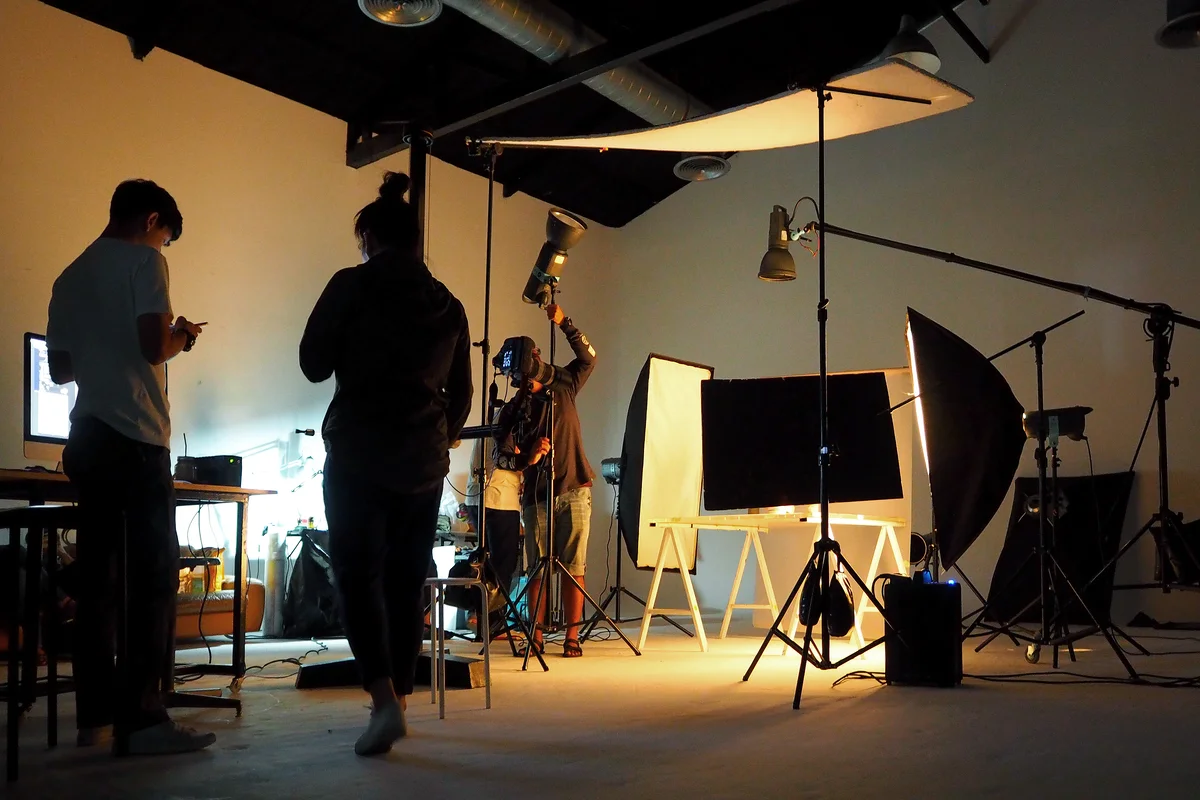Introduction
Alternative rock in the 2000s marked a significant shift in the music industry. With the turn of the millennium, this genre experienced a resurgence, blending elements of punk, grunge, and indie rock into a unique sound that captivated a new generation of listeners. Bands like The Strokes, Arctic Monkeys, and The White Stripes emerged as frontrunners, pushing the boundaries of alternative rock and leaving an indelible mark on the music landscape. In this article, we will explore the evolution of alternative rock in the 2000s, delving into its defining characteristics, notable bands, and the impact it had on the industry.
The Revival of Garage Rock
The 2000s saw a revival of garage rock, a genre characterized by its raw and gritty sound. Bands like The White Stripes, The Hives, and The Vines gained prominence during this period, drawing inspiration from the garage rock pioneers of the 1960s. With their stripped-down instrumentation, catchy hooks, and energetic performances, these bands brought a fresh and unapologetic approach to alternative rock.
The Rise of Indie Rock
Indie rock became a dominant force in the alternative rock scene of the 2000s. Bands like Arcade Fire, Modest Mouse, and Vampire Weekend showcased a more introspective and experimental sound, often incorporating elements from various genres. These bands found success through their independent record labels, challenging the traditional music industry model and paving the way for a new wave of DIY musicians.
Emo and Pop-Punk Influences
Emo and pop punk had a significant influence on alternative rock in the 2000s. Bands like My Chemical Romance, Fall Out Boy, and Panic! at the Disco gained massive popularity, blending catchy melodies with introspective and emotionally charged lyrics. This subgenre resonated with a generation of listeners who found solace in the music’s relatable themes of heartbreak, self-discovery, and teenage angst.
The Garage Rock Revival
The garage rock revival of the 2000s brought attention to bands like The Strokes, Arctic Monkeys, and The Libertines. These bands drew inspiration from the raw energy and simplicity of early garage rock while infusing it with a modern twist. Their success not only revitalized the genre but also paved the way for a new wave of alternative rock bands to gain mainstream recognition.
The Influence of Post-Punk Revival
The post-punk revival movement of the 2000s also left a lasting impact on alternative rock. Bands like Interpol, Franz Ferdinand, and Bloc Party incorporated elements of post-punk, with angular guitar riffs, driving basslines, and introspective lyrics. This revival brought a darker and more brooding sound to the forefront, resonating with listeners seeking a departure from the mainstream.
The Impact on the Music Industry
The alternative rock scene of the 2000s had a profound impact on the music industry as a whole. It challenged the dominance of mainstream pop and brought a fresh and authentic sound to the forefront. Alternative rock bands gained significant commercial success, proving that there was a market for music that deviated from the mainstream. This era also saw the rise of music festivals like Coachella and Lollapalooza, providing a platform for alternative rock bands to showcase their talent and connect with a wider audience.
Conclusion
The alternative rock scene of the 2000s was a transformative period for the genre. It witnessed the revival of garage rock, the rise of indie rock, and the influence of emo and pop punk. Bands like The Strokes, Arctic Monkeys, and The White Stripes pushed the boundaries of alternative rock, leaving a lasting impact on the music industry. The 2000s marked a turning point, where alternative rock reclaimed its place in popular culture, inspiring a new generation of musicians and listeners alike.
Key Takeaways:
- The 2000s witnessed a revival of garage rock, characterized by raw and gritty sounds, with bands like The White Stripes and The Hives at the forefront.
- Indie rock became dominant, showcasing introspective and experimental sounds, with bands like Arcade Fire and Modest Mouse leading the way.
- Emo and pop-punk influenced alternative rock, resonating with listeners through catchy melodies and emotionally charged lyrics from bands like My Chemical Romance and Fall Out Boy.
- The garage rock revival brought a fresh twist to the genre, with bands like The Strokes and Arctic Monkeys gaining mainstream recognition.
- Post-punk revival bands like Interpol and Franz Ferdinand incorporated angular guitar riffs and introspective lyrics, bringing a darker sound to alternative rock.
- The alternative rock scene of the 2000s challenged mainstream pop, gaining commercial success and providing a platform through music festivals like Coachella and Lollapalooza.
Aspiring music industry professionals looking to dive deeper into the evolution of alternative rock in the 2000s can consider enhancing their knowledge with the “NYU x Billboard | Music Industry Essentials” online course and certificate program offered by Yellowbrick. This comprehensive program covers various aspects of the music industry, including artist development, marketing, and the business of music. By enrolling in this course, you can gain valuable insights and skills to navigate the dynamic world of alternative rock and beyond.








